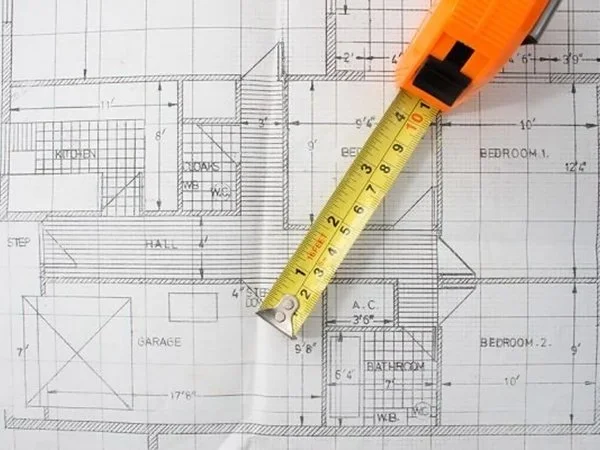Valuing Homes by the Square Foot
In the real estate industry, we often use price per square foot as an indicator of value. It’s an effective way to compare homes of different shapes and sizes. When making improvements to your home, consider the cost and whether the expense will leave you within the value range for your neighborhood. Although upgraded homes show better and sell faster, no buyer feels good about buying the most expensive home in the neighborhood. Make sure your area’s values can withstand the cost of improvements. Perhaps you're considering adding on a sunroom or finishing off a room over the garage… you would want to compare the construction cost to the market value to see if it makes sense. For example, if homes in your area are selling for $200 per square foot and the cost to finish the room over your garage is $150 per square foot, then you can expect to make $50 per square foot if you sell the home afterwards – which could be $5,000+ depending on the room size. Remember that the addition must be heated and cooled to count and roof angles affect the measurable square footage.
Another point to consider with price per square foot is the law of diminishing returns. If homes in your area sell in a certain price range, the smallest houses in the neighborhood will command a higher price per square foot and the largest homes will garner less. If you add on to your house and it ends up being significantly larger than neighboring properties, you may have trouble convincing a buyer to assign the additional space the same value, so the price per square foot would most likely go down.
Our team can consult with you on what improvements are best for resale so you don’t waste money. We want to personalize our homes with our own finishing touches, but it’s always smart to keep in mind what sells best. Your home is likely your biggest asset, and you want the money you invest to produce a return when you sell it one day.


